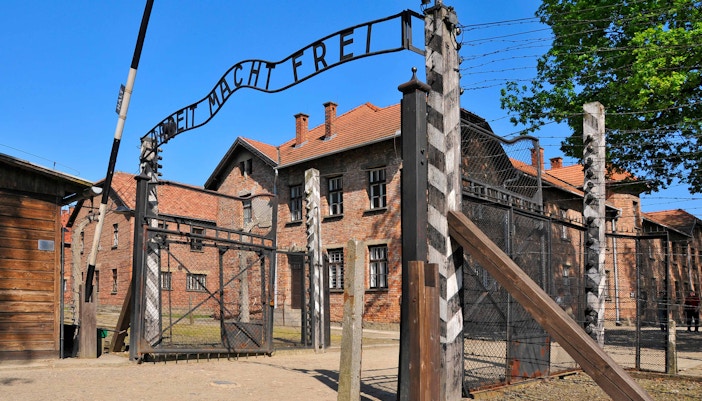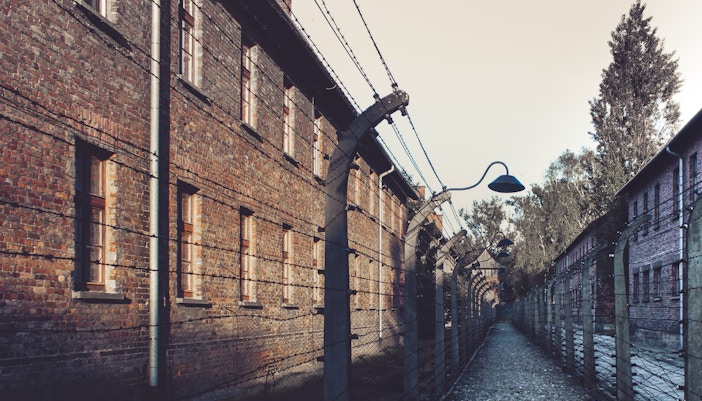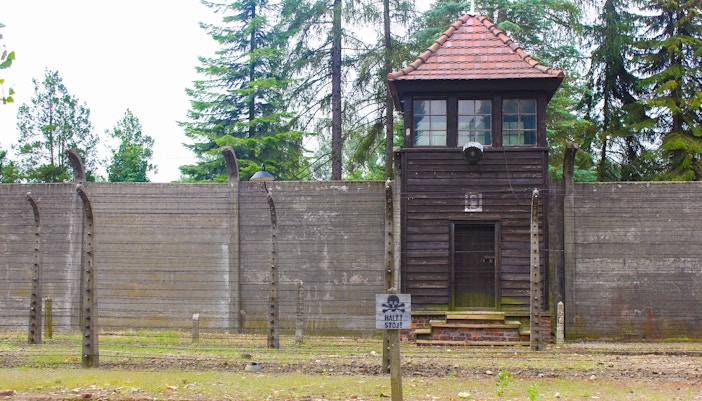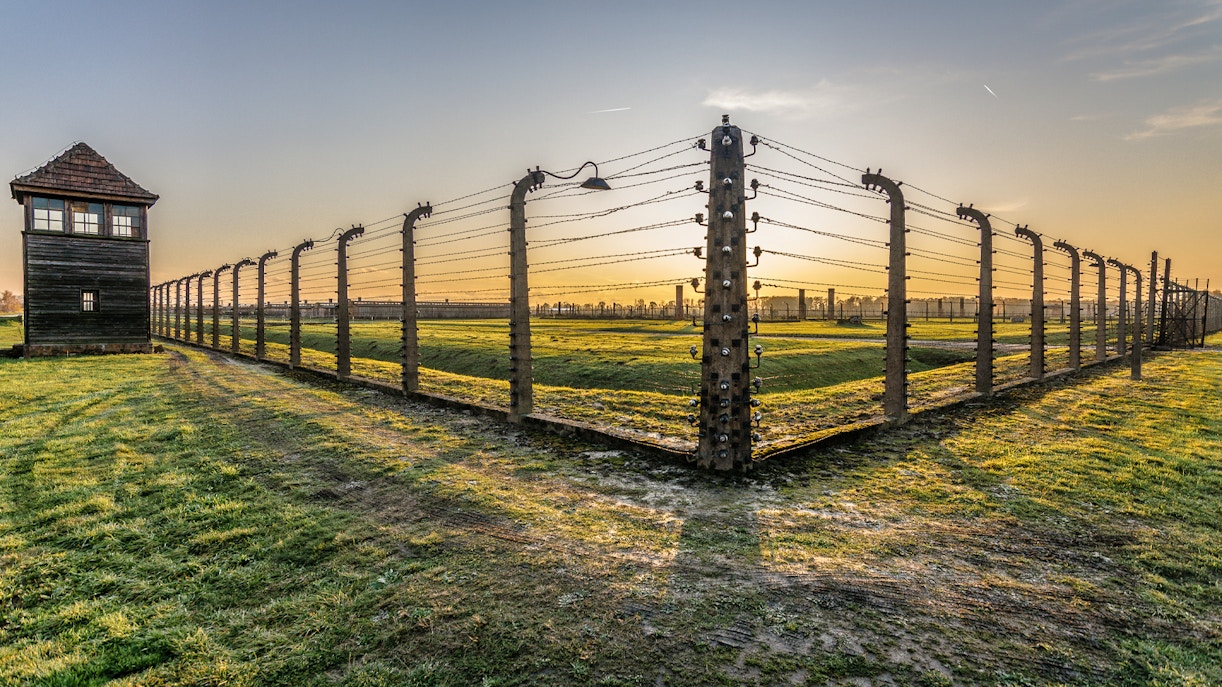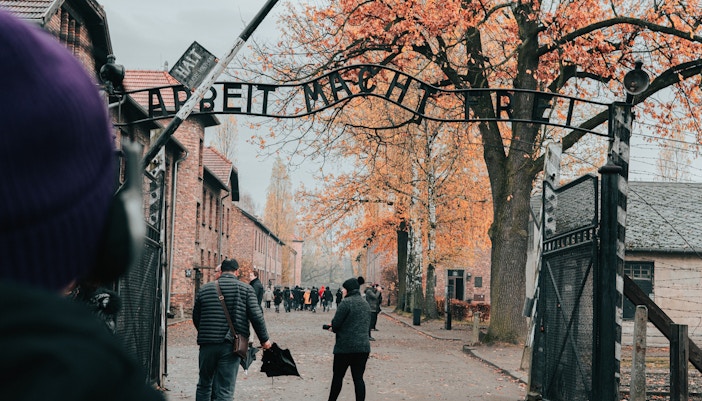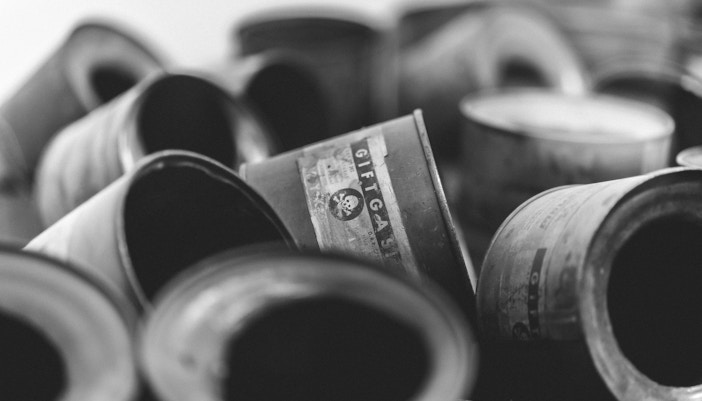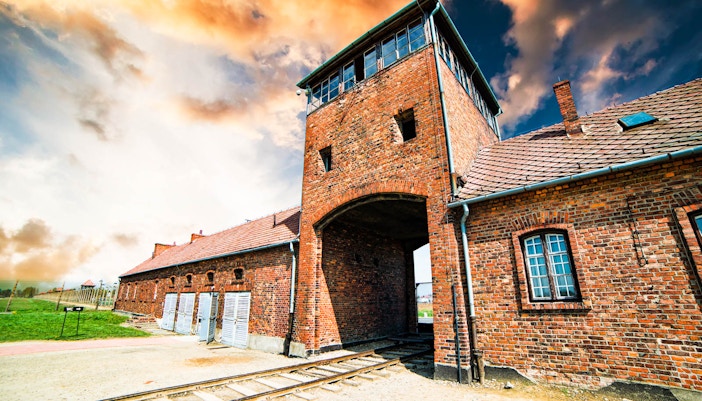- Auschwitz, the largest and possibly the most notorious of all the Nazi death camps, opened in the spring of 1940. Located on a former military base outside Oswiecim in southern Poland, it was constructed by appropriating nearby factories and forcibly evicting residents.
- It was originally conceived as a detention center for the many Polish citizens arrested after Germany annexed the country in 1939. They imprisoned teachers, civil servants, artists, priests, politicians, intellectuals, and members of resistance organisations.
- Once Hitler’s Final Solution became official, Nazi policy death camps began to be constructed and Auschwitz in Poland became the center of the mass destruction of European Jews. These camps also used to employ slave labour and those unfit for work were immediately exterminated.

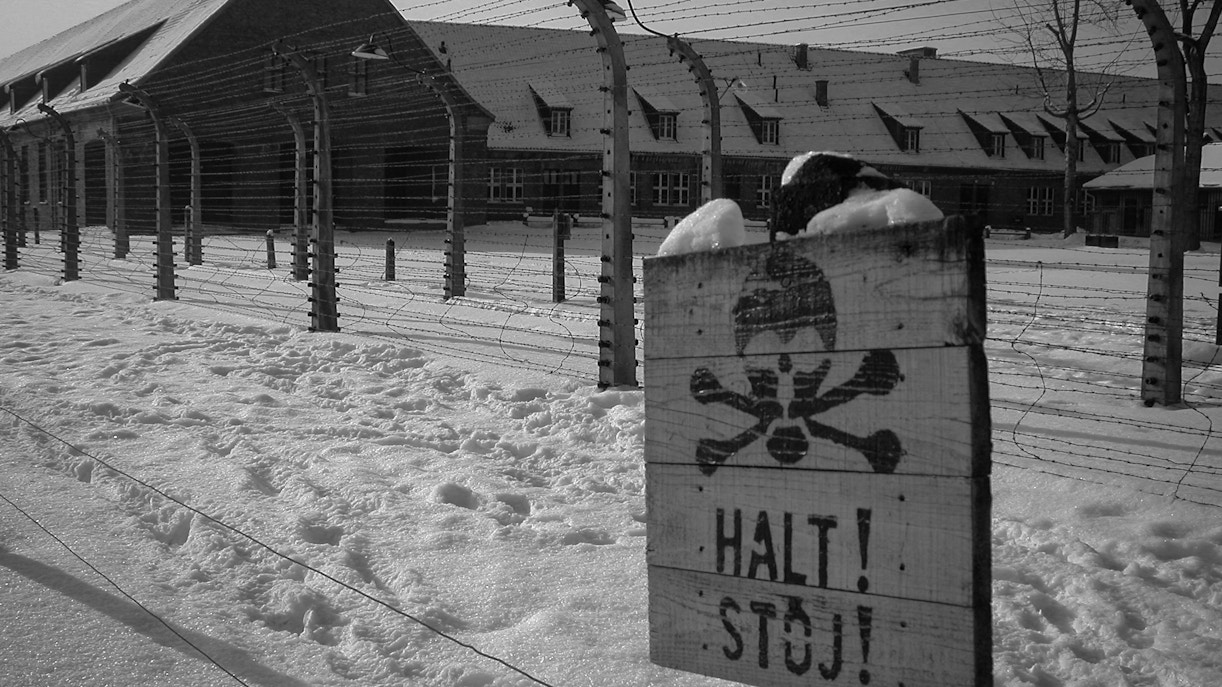
.jpg?auto=format&w=1222.3999999999999&h=687.6&q=90&ar=16%3A9&crop=faces&fit=crop)
